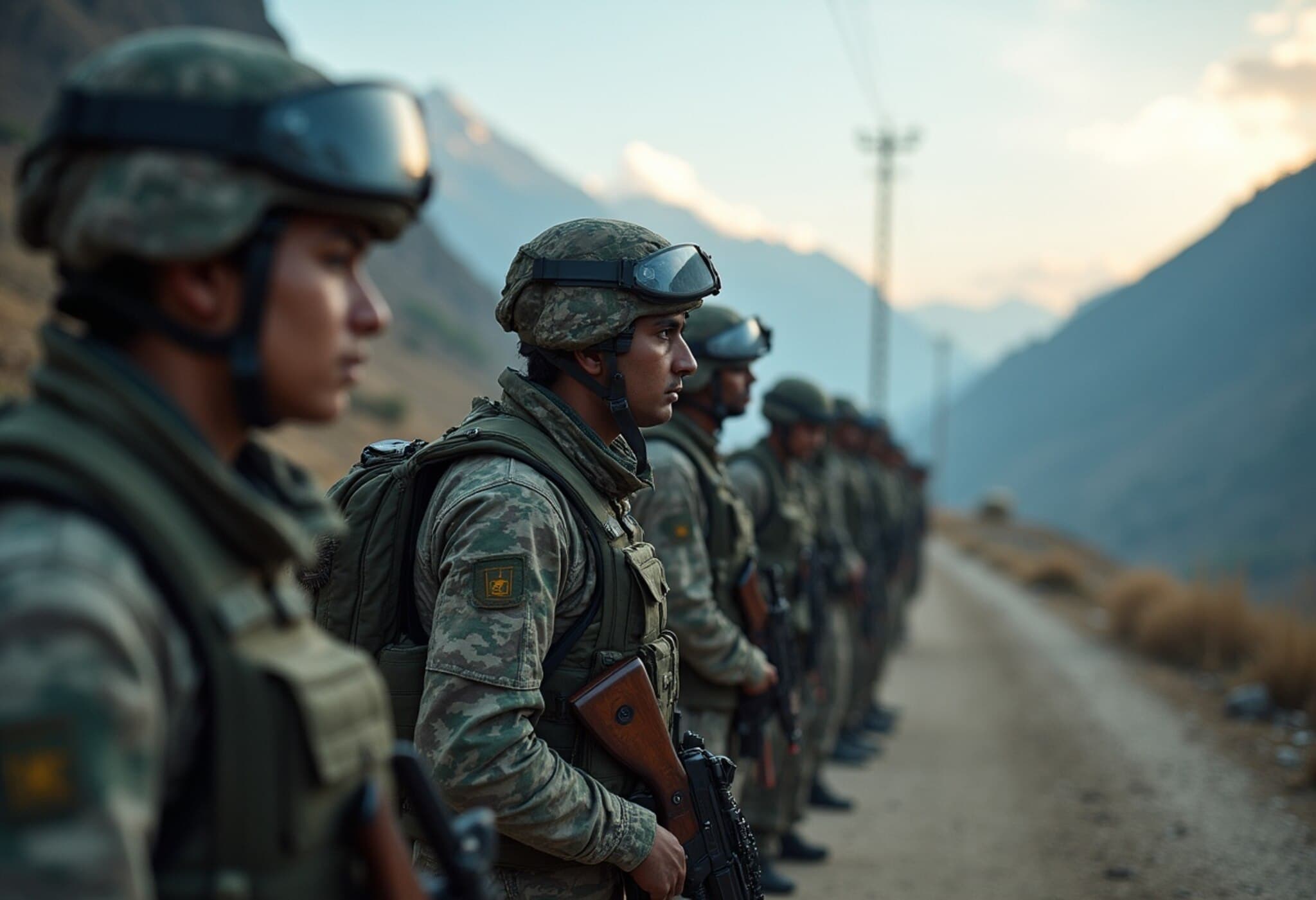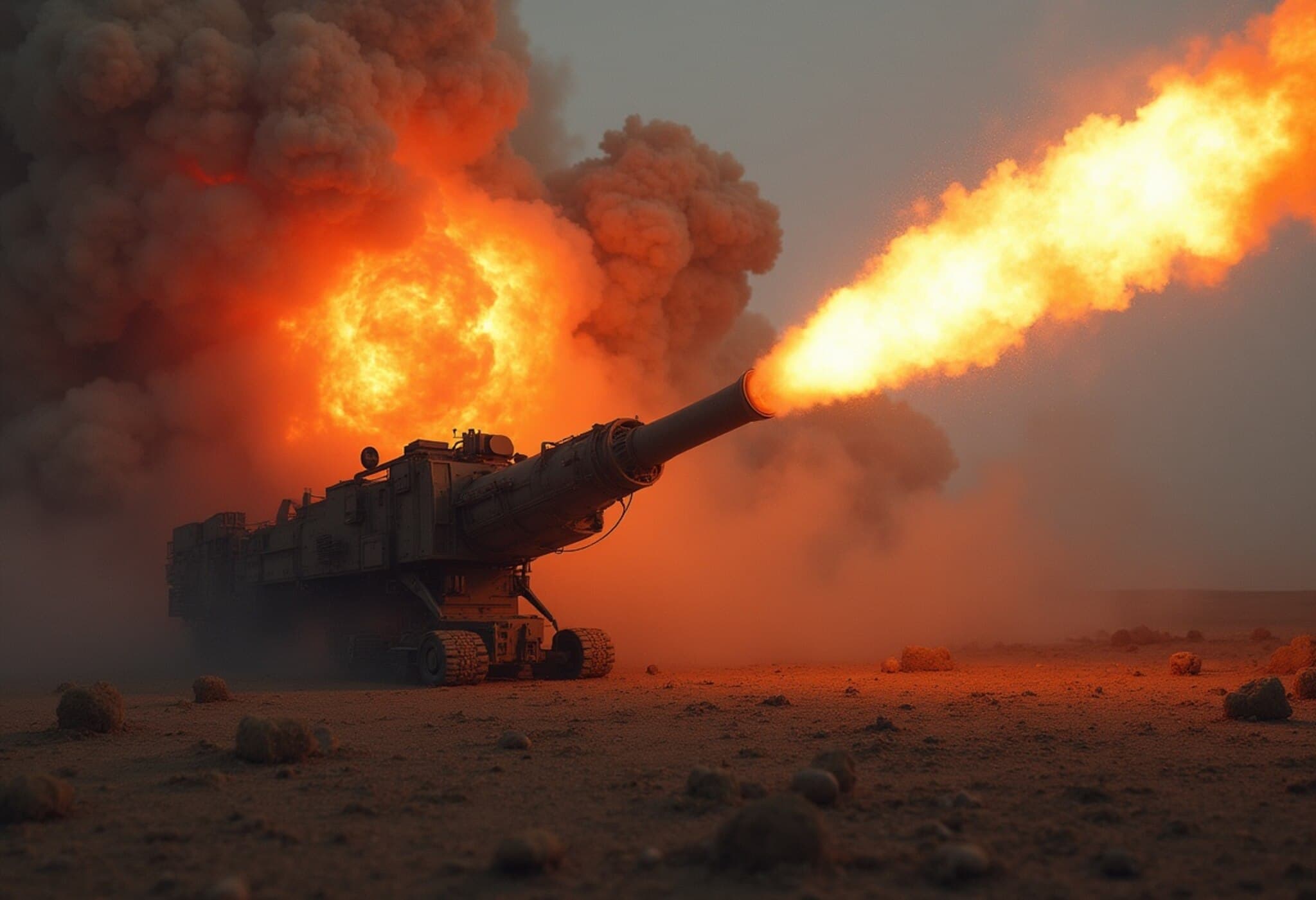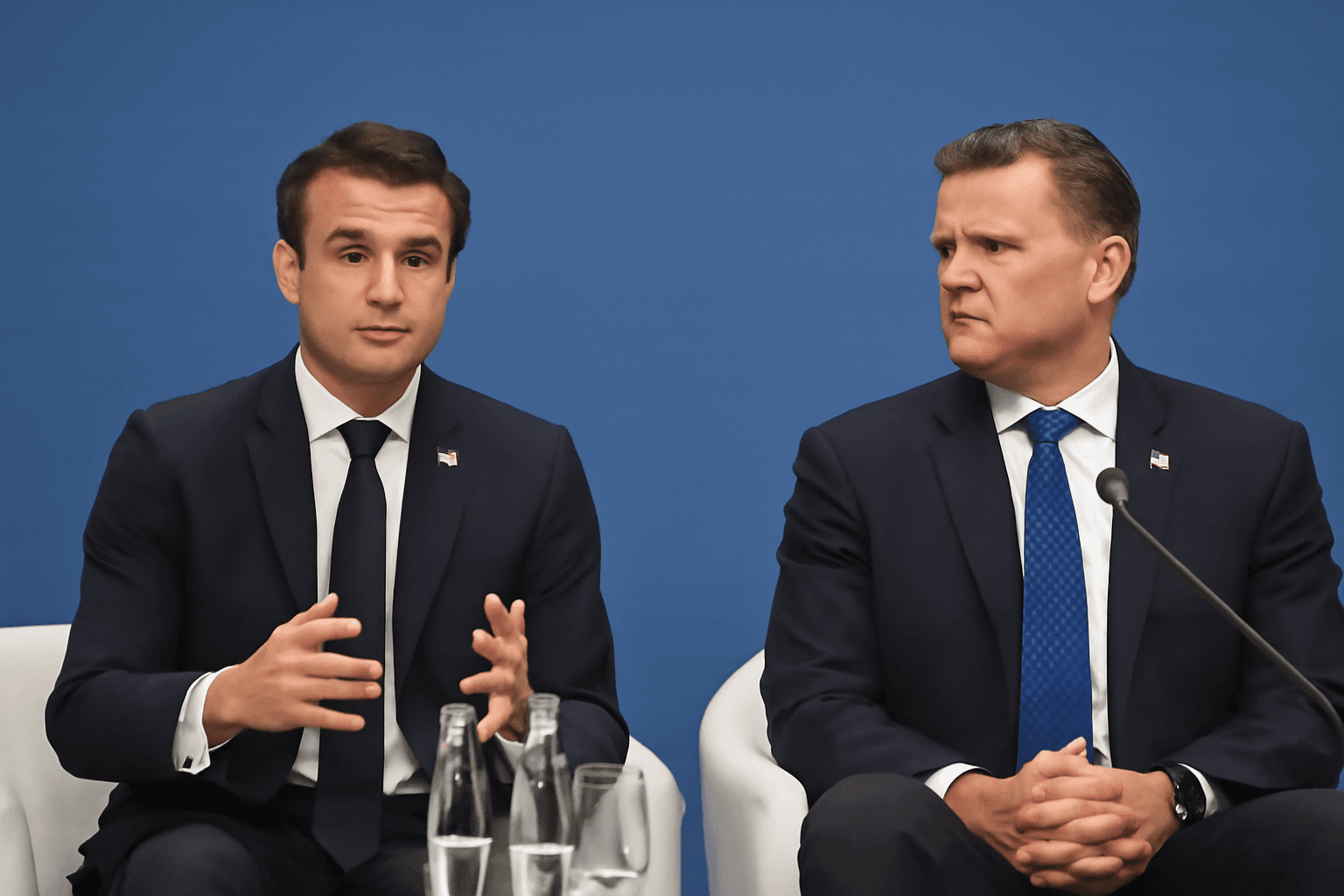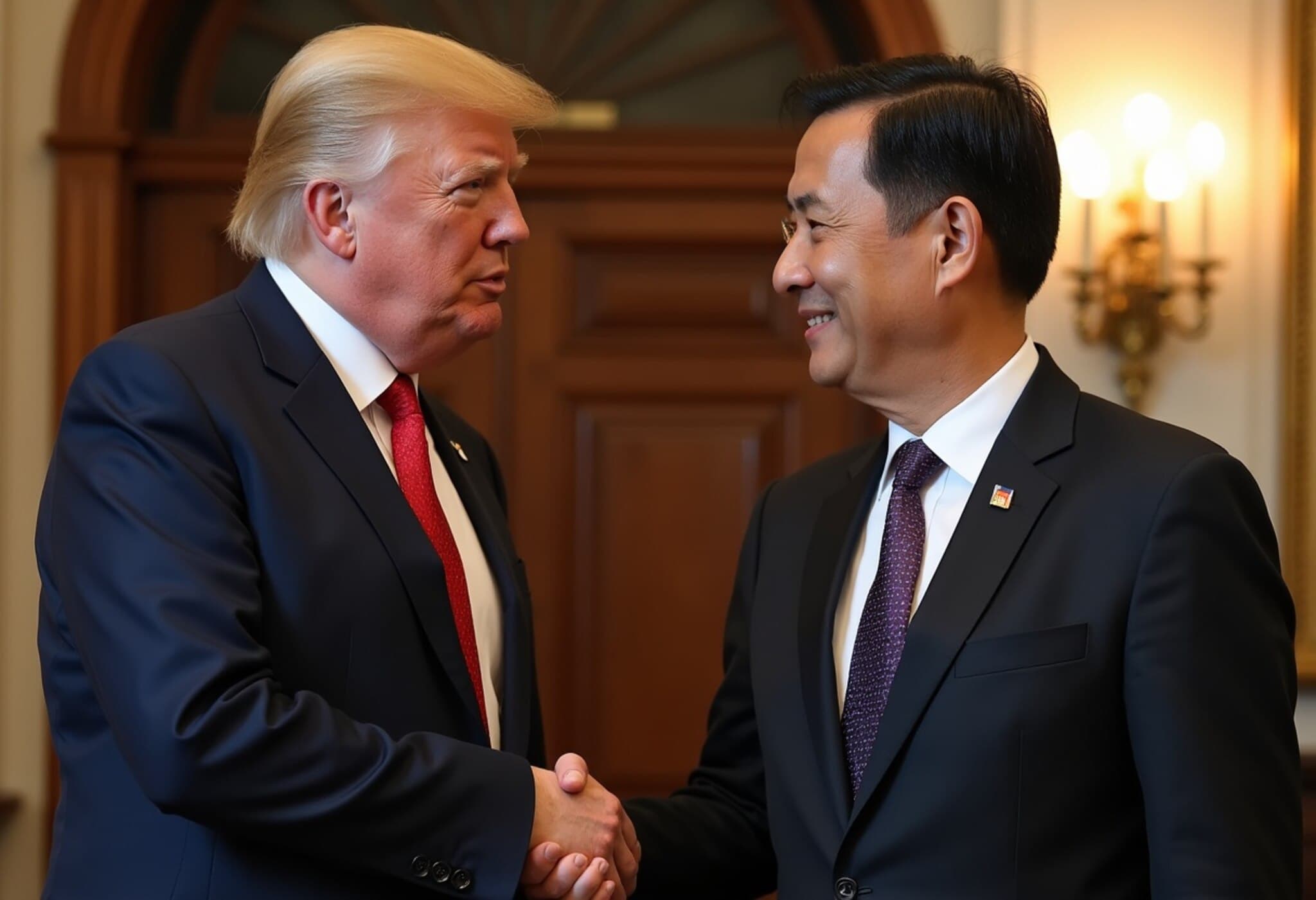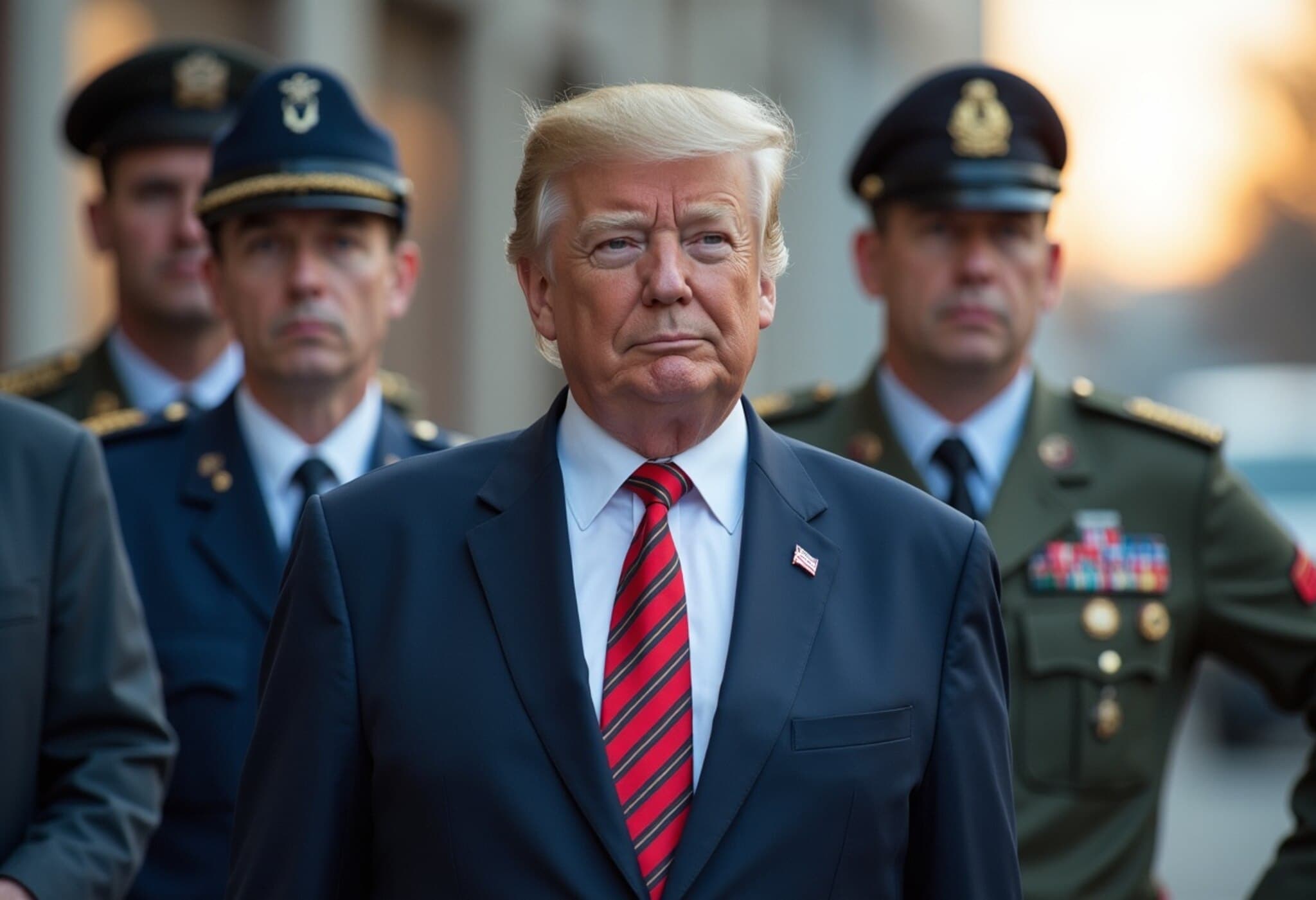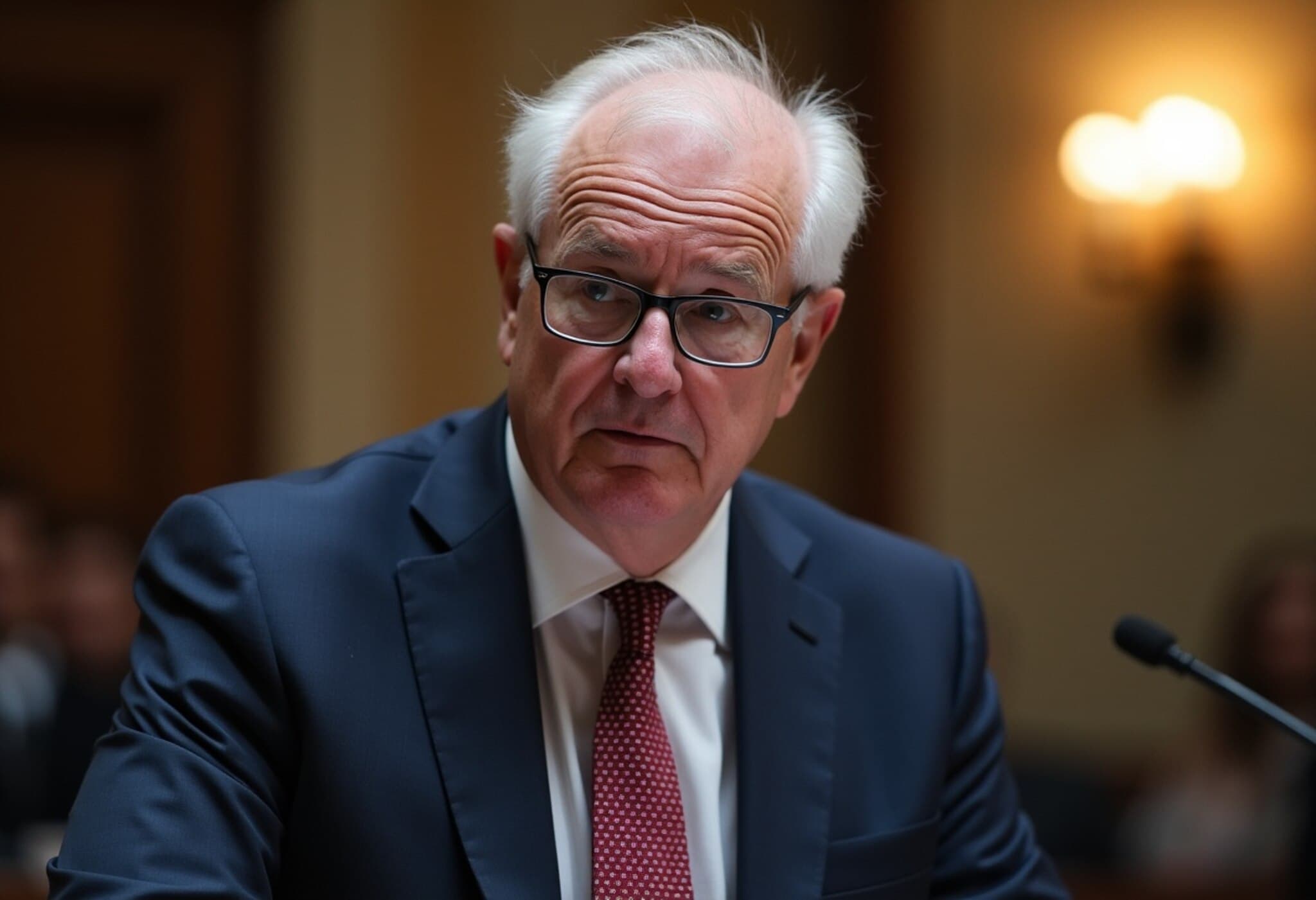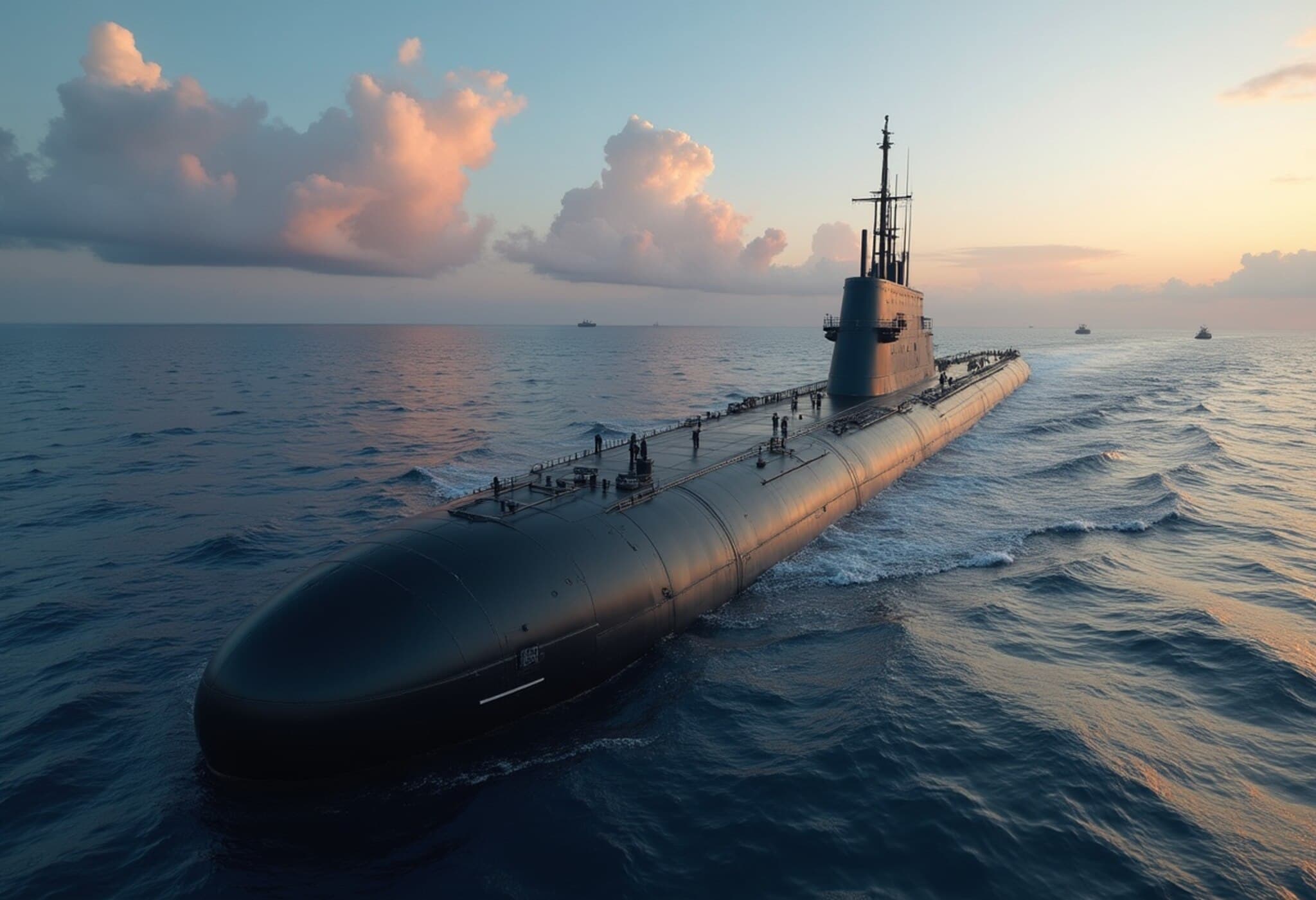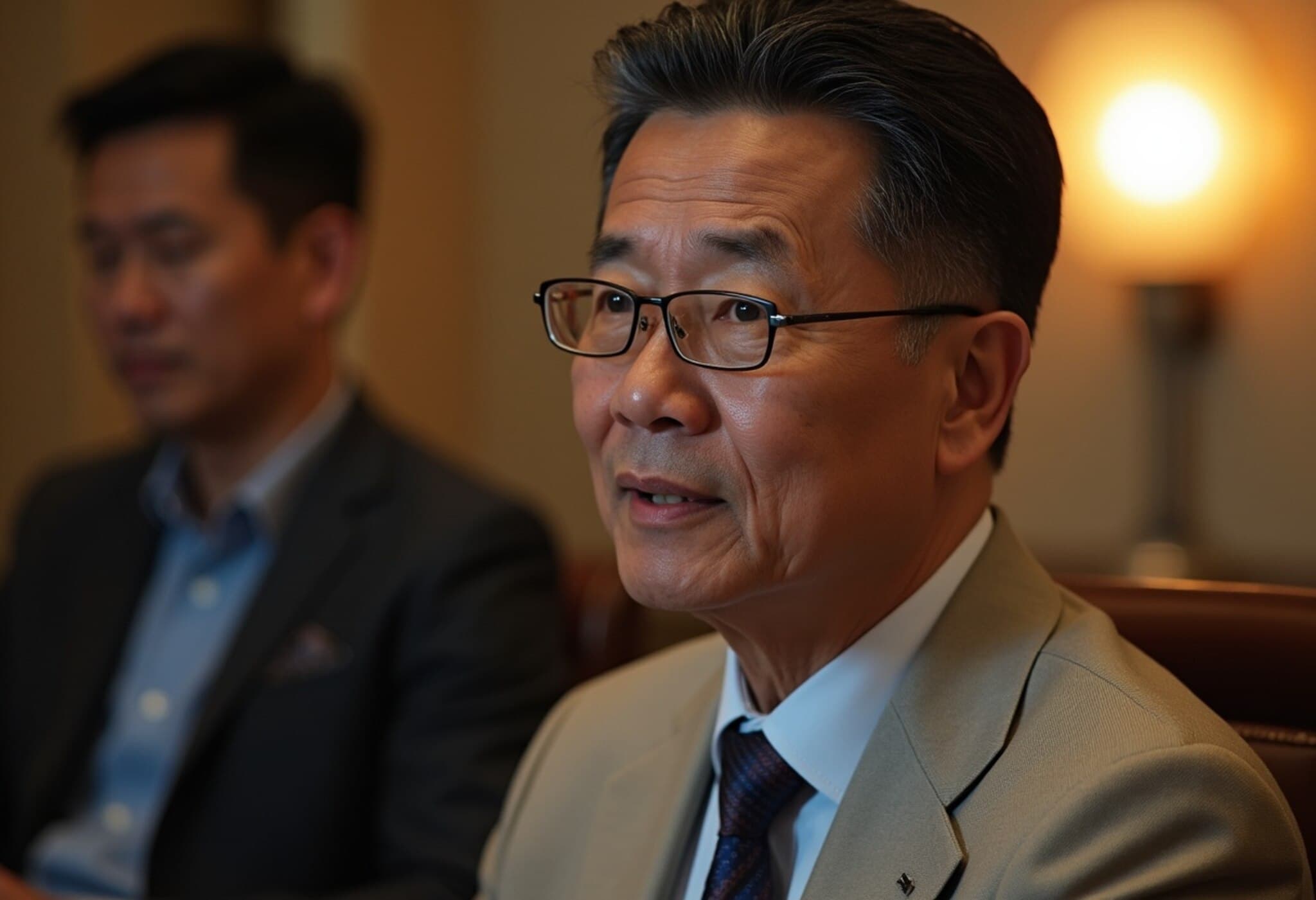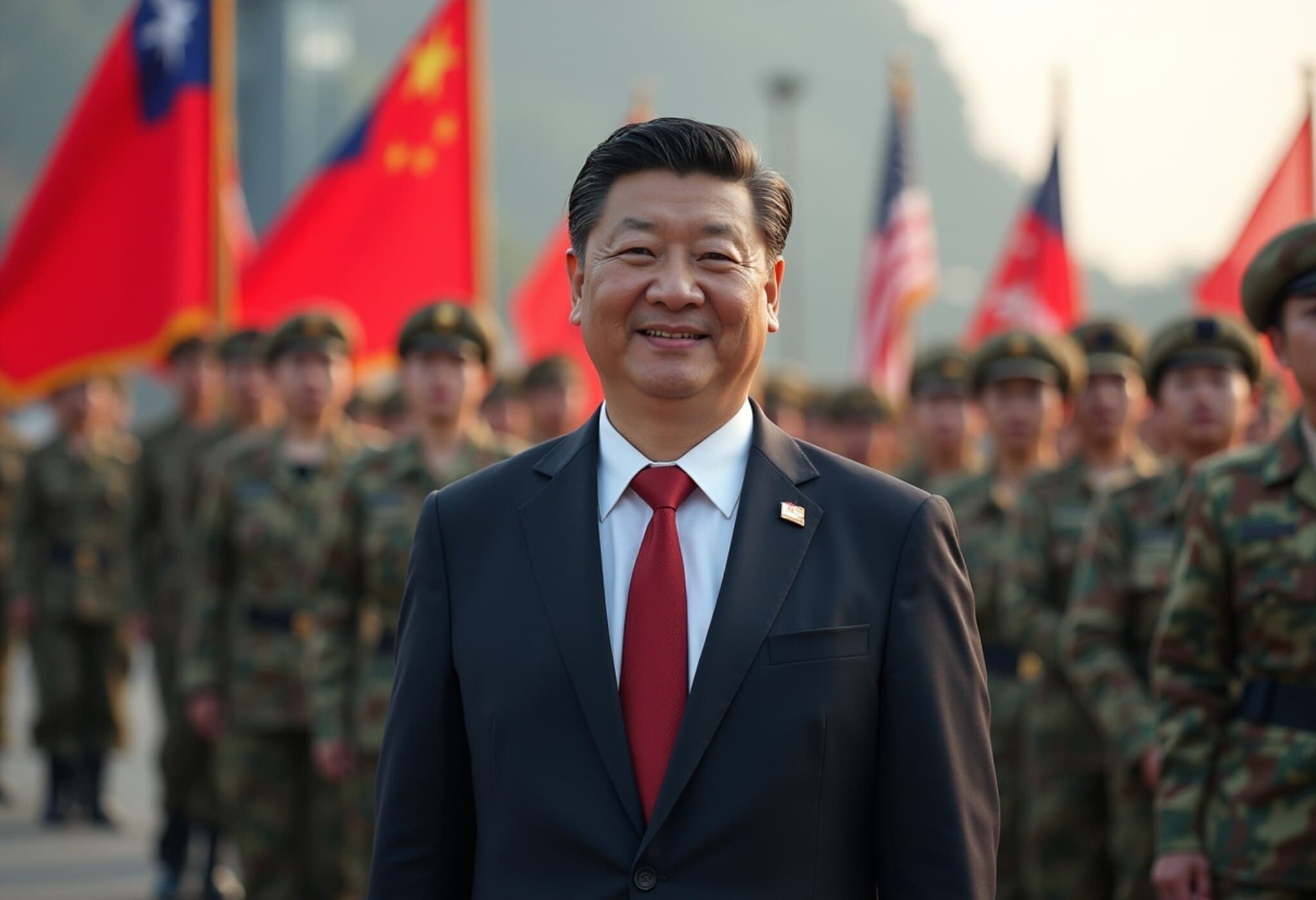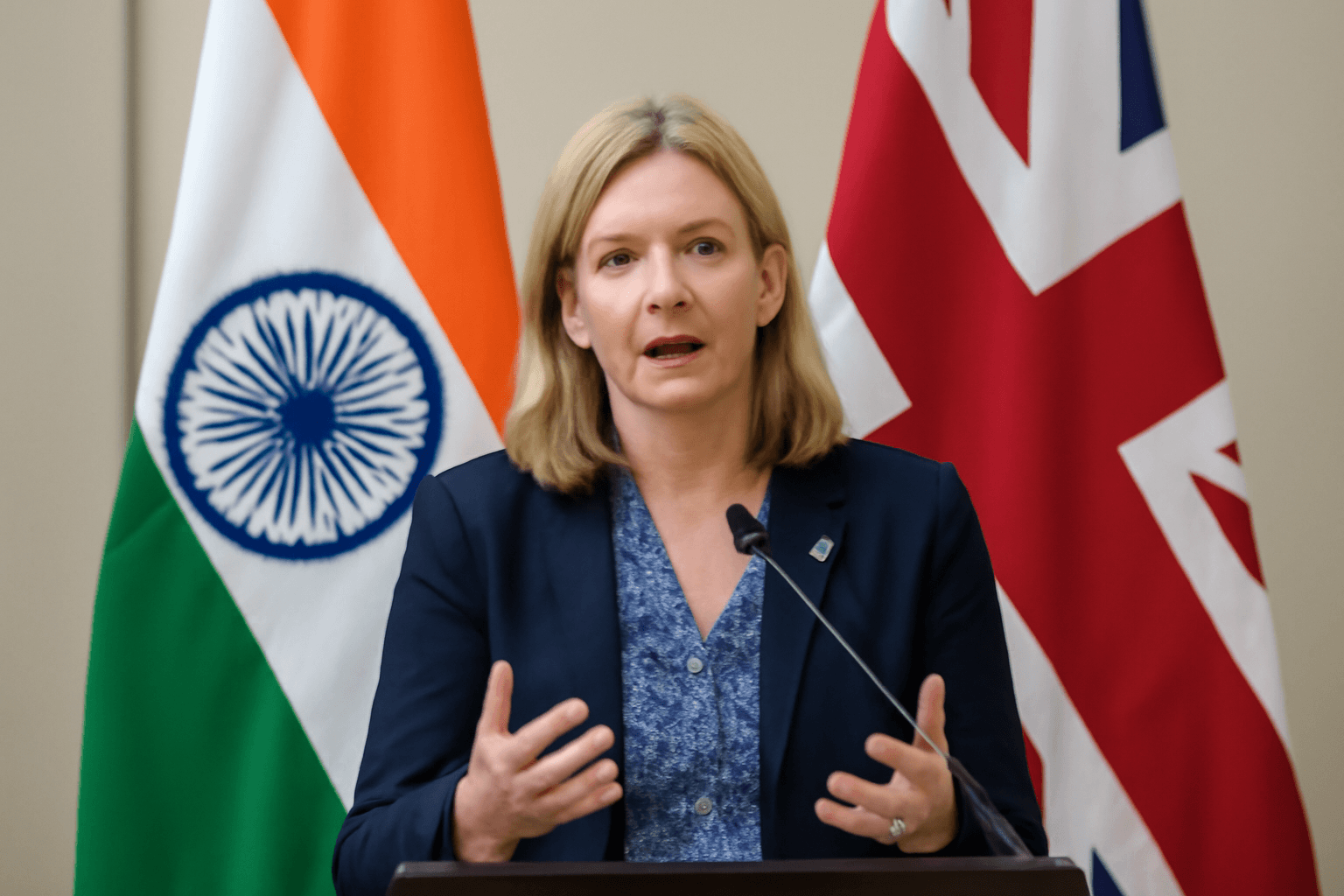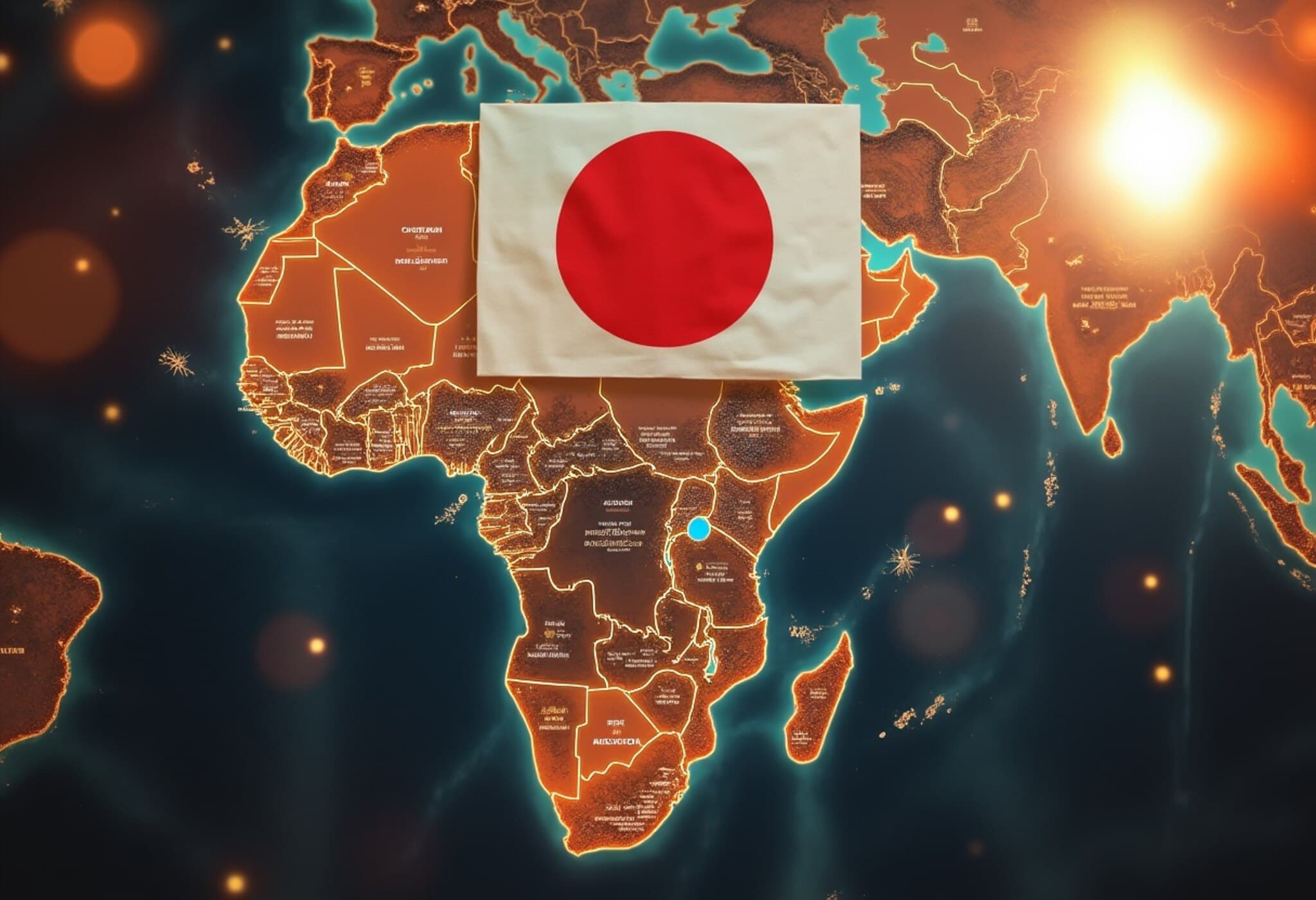Taiwan Sets Defence Spending Above 3% of GDP in Response to Growing Regional Threats
In a decisive move reflecting escalating regional security concerns, Taiwan’s government announced a substantial increase in its defence budget for 2026, allocating US$31.1 billion—equivalent to 3.32% of its GDP. Premier Cho Jung-tai unveiled the plan on August 21, emphasizing that this funding increase signals a robust commitment to safeguarding Taiwan’s sovereignty amid persistent pressures from China.
Understanding the New Defence Budget
This planned allocation represents a remarkable 22.9% rise over the 2025 defence budget. Notably, the total includes substantial spending on the Coast Guard Administration and military retirement benefits—areas excluded from previous calculations—which reflects a NATO-style accounting method aimed at greater transparency and comprehensiveness in defence budgeting.
Premier Cho affirmed, "Our total defence budget is calculated using NATO’s standards," underscoring Taiwan’s alignment with international defence expenditure norms. The increased budget still requires approval from the legislature, which is primarily controlled by opposition parties, adding a political dimension to this financial boost.
Political Dynamics and Washington’s Expectations
President Lai Ching-te has publicly committed to exceeding the 3% GDP mark in defence spending, aligning with frequent calls by the United States for its allies and partners to invest proportionally in their own security. This move arrives amid the backdrop of trade tensions with the U.S., as Taiwan seeks to negotiate tariff reductions following Washington’s recent imposition of a 20 percent tariff on Taiwanese imports.
The ruling Democratic Progressive Party (DPP) faces scrutiny from the opposition Kuomintang (KMT), which controls the legislature and has historically advocated a more China-friendly approach. While the KMT supports enhancing defence investments, they insist that priority should be given to addressing manpower shortages, asymmetric warfare capabilities, and modernizing training regimes. This political interplay could influence the finalisation of the budget.
Expert Perspectives: Balancing Defence Needs and Political Realities
Military analyst Chieh Chung from the Association of Strategic Foresight highlighted that, excluding Coast Guard and pension expenses, the core defence budget constitutes approximately 2.84% of GDP. He noted, "Washington is likely to welcome this increase, but it remains below the threshold U.S. strategists would prefer to see from Taipei." This points to ongoing pressures from the U.S. for Taiwan to enhance its self-defence posture amid intensifying cross-strait tensions.
Regional Security Context: Preparing for a Complex Future
Taiwan’s strategic environment remains fraught with risks as China continues asserting reunification claims with increased military maneuvers near the island. Taiwan has steadily invested in domestic defence manufacturing and weapons upgrades over the last decade but relies heavily on U.S. arms sales to maintain a credible deterrent posture. Experts warn that despite such efforts, a full-scale conflict with China would pose severe challenges given the significant disparity in military capacity.
- Increased defence budget reflects Taiwan’s intent to fortify sovereignty and security.
- Incorporation of Coast Guard and pension costs ensures transparency via NATO-equivalent accounting standards.
- Legislative debate likely due to opposition’s influence and differing defence priorities.
- U.S. support and expectations continue to encourage Taipei's stronger defence commitment.
- Geopolitical tensions loom as China intensifies military pressure and diplomatic coercion.
What Lies Ahead for Taiwan’s Defence Strategy?
As Taiwan edges closer to formalising this defence budget increase, critical questions remain about how these funds will be allocated to address both conventional deterrence and emerging asymmetric threats. Balancing political consensus, fiscal responsibility, and effective capability development will be crucial. Moreover, Taiwan’s efforts spotlight wider regional security dynamics in the Indo-Pacific, where allies and partners face mounting external challenges.
Editor’s Note
Taiwan's decision to raise defence spending beyond 3% of GDP is a pivotal statement of resolve in a complex geopolitical landscape. While it reflects prudent alignment with U.S. and NATO standards, the budget's political journey highlights internal divisions and the challenges of maintaining national unity under external pressure. Readers should consider how such military investments shape Taiwan’s long-term security and influence cross-strait relations, especially as global powers recalibrate their strategies in the Indo-Pacific.






